In an innovative application of Drone Technology, retired State Police investigator Chad Tavernia has revolutionized pet recovery services in northern New York‘s challenging terrain. Operating North Country Drone Search & Recovery, Tavernia has successfully located 42 dogs and 11 other animals in just over a year, demonstrating the powerful potential of thermal imaging drones in Search and Rescue operations, reports the Times Union.
Technology Meets Compassion
Tavernia’s approach combines cutting-edge thermal imaging drone technology with systematic search methods refined during his law enforcement career. The effectiveness of this technique is evident in thermal imagery captured by his drones, where lost pets appear as distinct red-and-yellow signatures against the cooler blue and green background of the surrounding environment.
“I literally could find a squirrel if you wanted me to,” Tavernia explains, highlighting the remarkable sensitivity of his equipment. His success rate speaks volumes: 40 percent overall, rising dramatically to 90 percent when drones can be deployed in the immediate area where a pet went missing.
From Law Enforcement to Pet Recovery
What began as a hobby in 2016 transformed into a specialized service after Tavernia acquired thermal imaging drones. His law enforcement background proves invaluable in his current role, as he approaches each search with the same methodical precision he applied in his investigative work.
The service operates throughout an extensive region, reaching from Syracuse to Vermont and south to Albany, with service fees typically starting at $350, adjusted based on travel distance. While drones have limitations—including restrictions in certain areas of Adirondack Park and international boundaries—Tavernia’s strategic approach has proven highly effective within his operational area.
Real-World Impact
Recent successes highlight the critical nature of this service. In one remarkable case, Tavernia located a golden retriever on Christmas Eve, finding the animal trapped in snow approximately 1,000 feet from its home. The dog, which had broken free with 20 feet of leash still attached, might not have survived much longer in the eight inches of accumulated snow.
The range of successful recoveries demonstrates the versatility of this approach. In October, Tavernia located a 120-pound Rottweiler that had broken its metal chain only to become tangled in a thicket of cedar trees. Another challenging rescue in May involved tracking a dog to an 8-foot ledge off Catamount Mountain in St. Lawrence County.
A particularly compelling case involved Aurora, a 10-month-old retriever-bully mix, who went missing after cold temperatures drained her boundary collar battery. With temperatures in single digits and waist-high snow drifts, Tavernia guided the owner through two-and-a-half cornfields and into the woods, ultimately finding Aurora about a mile-and-a-half from home.
Another notable recovery involved Finn, a beagle-coonhound mix, who was found after breaking through an electric fence in West Chazy. The search demonstrated the sophisticated interplay between technology and traditional methods, as Tavernia guided the owners using drone imagery while their second dog helped track the missing pet’s scent.
Technical Applications and Industry Context
The use of thermal imaging drones extends beyond pet recovery, finding applications in construction leak detection, solar field inspection, and potentially Wildlife management. This versatility highlights the growing importance of drone technology in various inspection and search operations.
Future Implications
While Tavernia maintains a focused approach, refusing to expand beyond his personal capacity, his success demonstrates the untapped potential for drone technology in search and rescue operations. His service fills a critical gap in pet recovery methods, particularly in regions with challenging terrain and severe weather conditions.
“Just to see drones used in a positive way and give people a little reassurance that not everyone using a drone is using it to infringe on our privacy,” notes Kimberly Labarr, whose family benefited from the service. “This is a fantastic thing that Chad is offering to this area.”
This innovative application of drone technology represents a significant advancement in pet recovery methods, combining technical expertise with practical application to address a pressing community need. While Tavernia emphasizes that drones are not a “magic bullet,” their integration into search operations has proven transformative, particularly in areas where traditional search methods face significant limitations.
You can read more stories about drones being used for good on DroneXL.
Photos courtesy of Chad Tavernia / Times Union
Discover more from DroneXL.co
Subscribe to get the latest posts sent to your email.
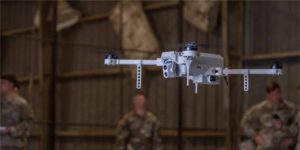
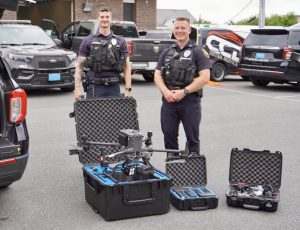


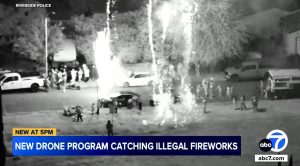

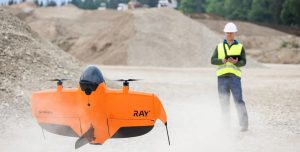
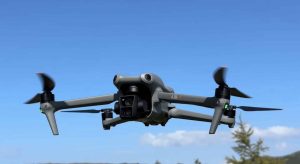
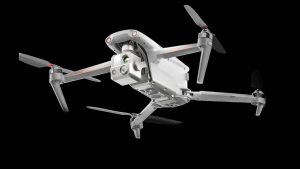
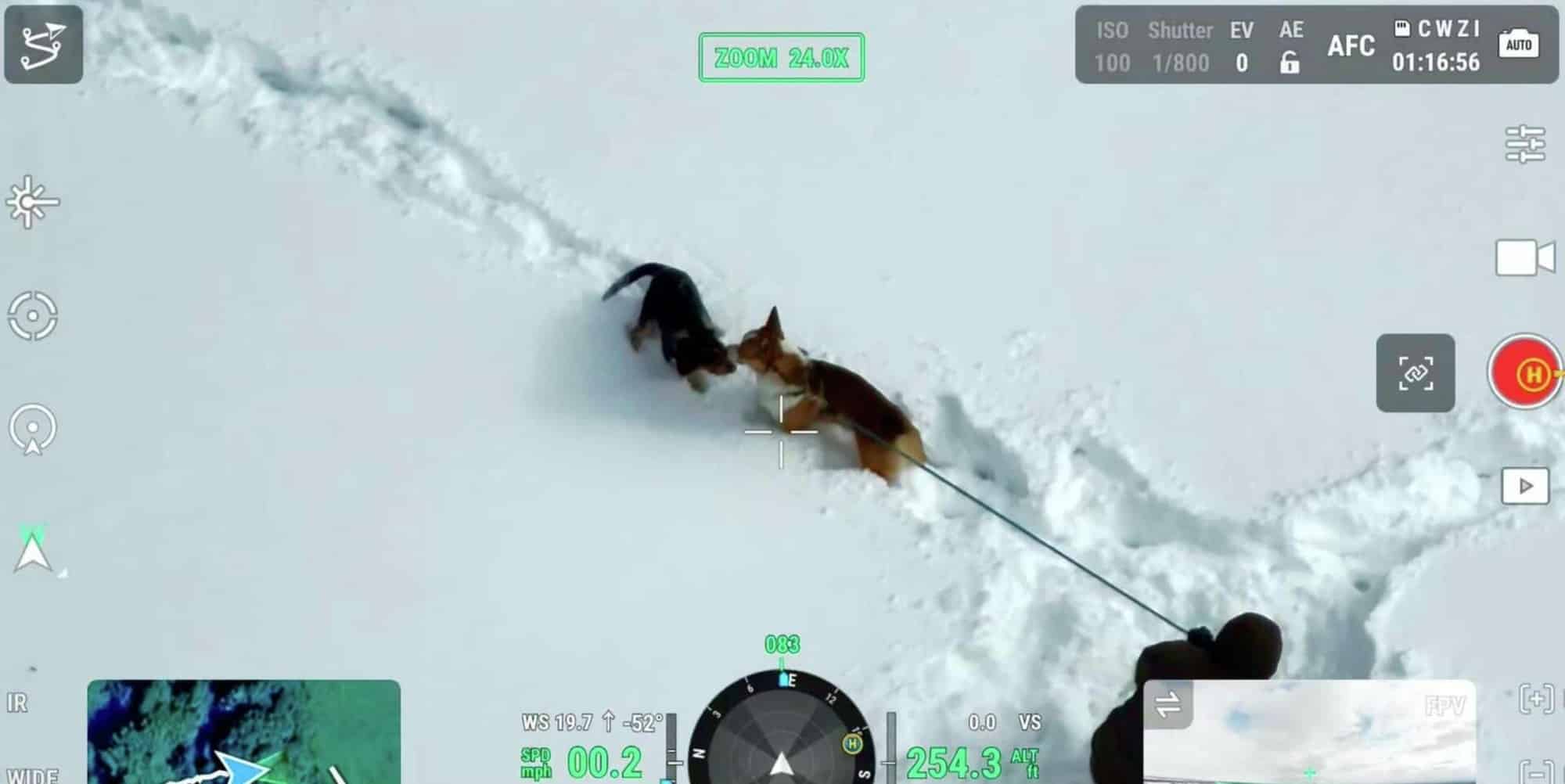
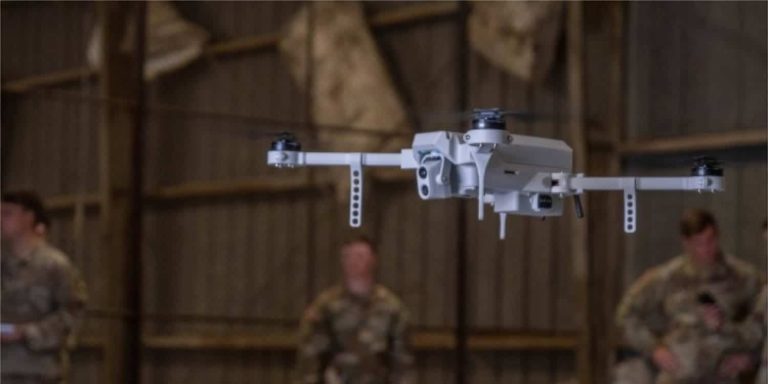
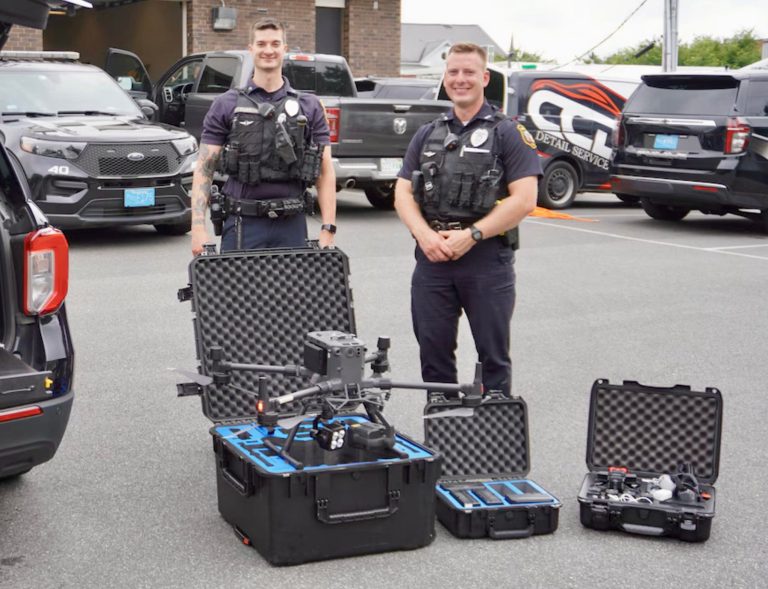
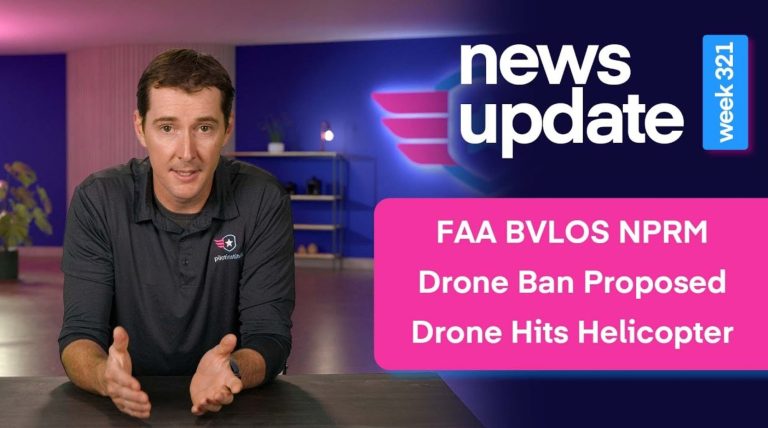

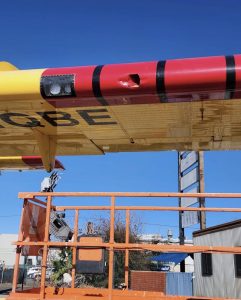

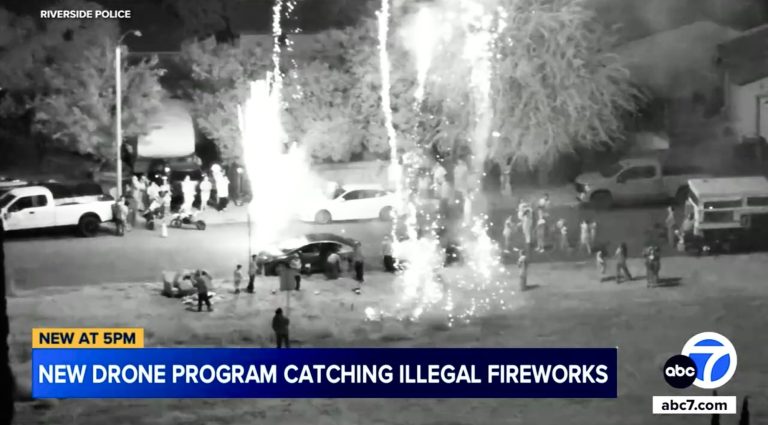
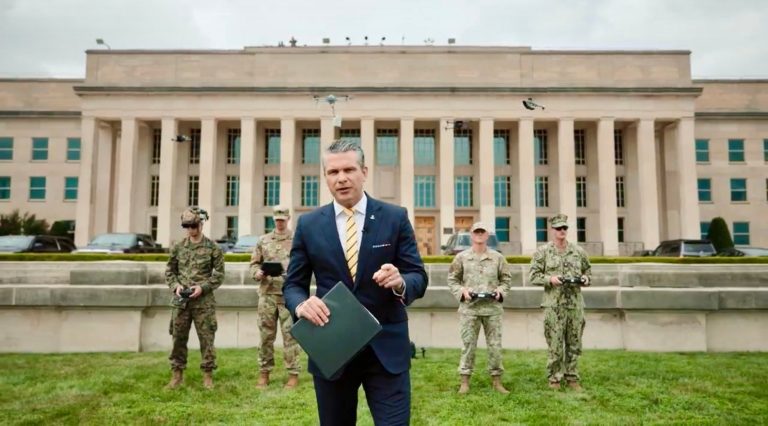
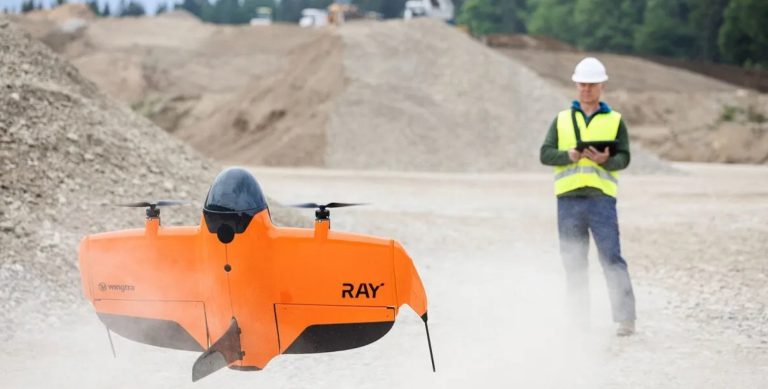
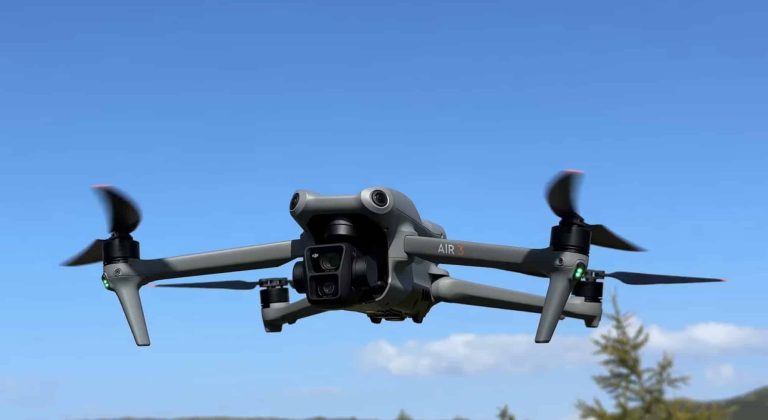
+ There are no comments
Add yours